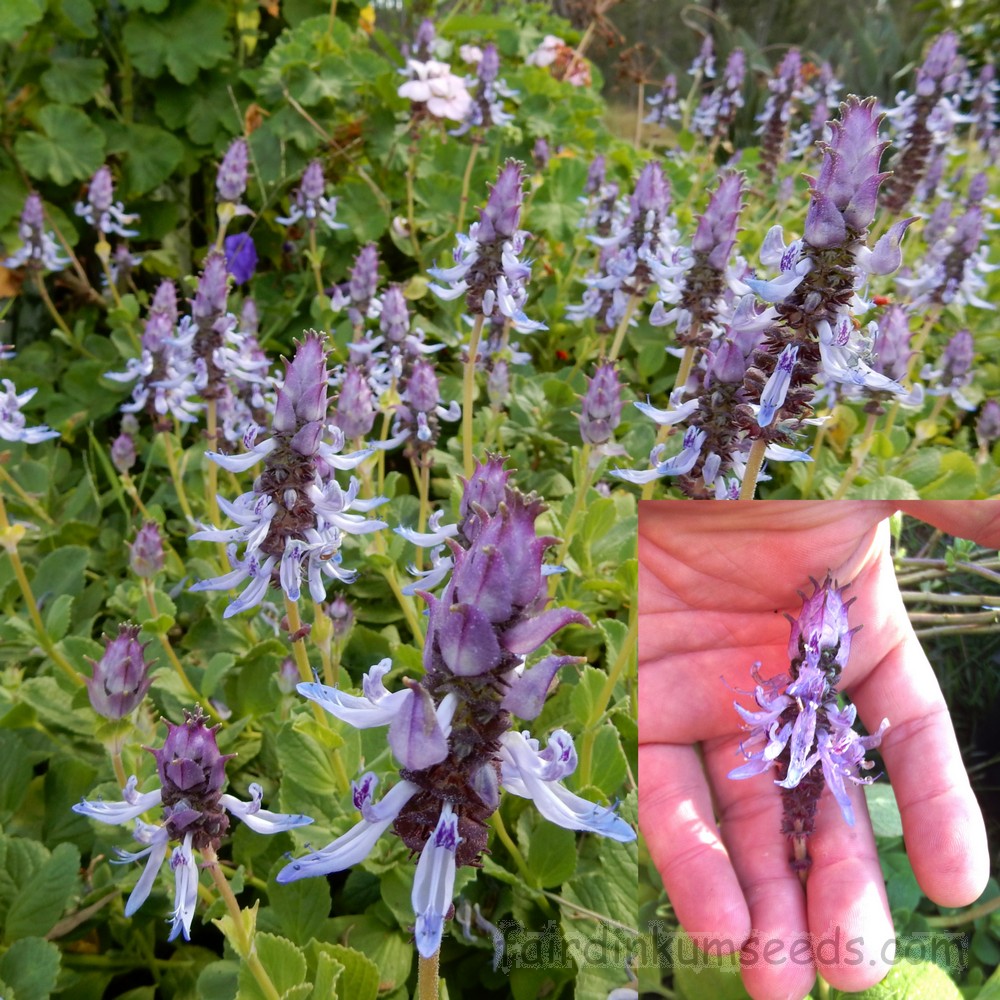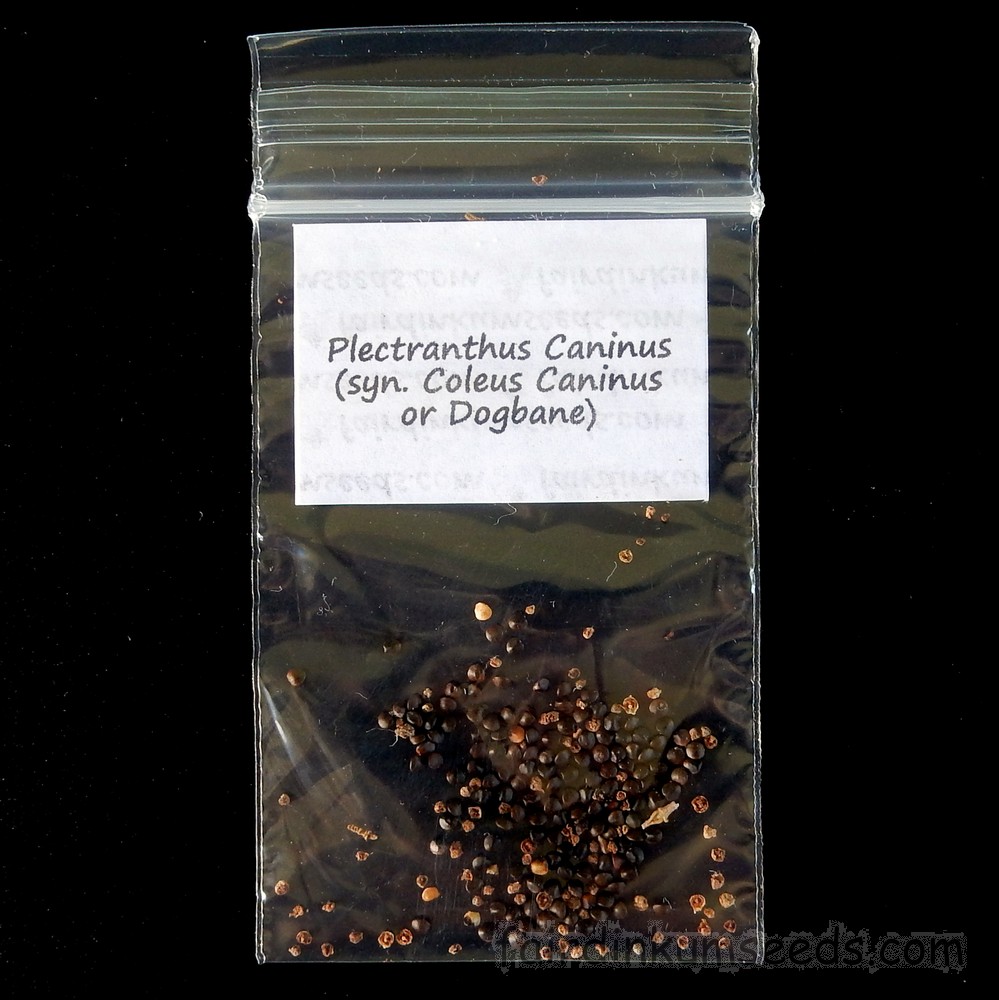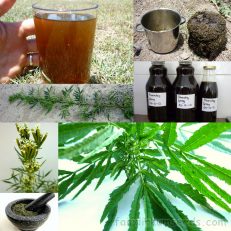Please read text!
Plectranthus Caninus Coleus Dogbane Seeds
Packet of 100+ home grown seeds!
This fella has a very long and convoluted history when it comes to names, so I better start there first.
Probably skim to the bottom bold bit if you are not interested in that sort of stuff..
Here in Australia this plant is sold under the botanical name of Plectranthus Caninus with the synonym of Plectranthus canina, or visa versa, depending on who is selling it and which state they are located.
Overseas in many places it is sold under the botanical name of Plectranthus canina with a synonym of Coleus canina, Plectranthus neochilus with a synonym of Coleus neochilus, or even more rarely Plectranthus ornatus , Coleus ornatus, and Coleus spicatus.
Plant Identification keys are used to differentiate different species based on their parts(corolla length, calyx position etc) and in this case they completely contradict each other based on the different locations, so that is as far as I got…
I believe the botanical name accepted for this species here in Australia is Plectranthus caninus, with the synonym of Coleus caninus also being commonly used.
Therefore I have used that name on the packet label, though if you are overseas your countries classification methodology may dispute this.
Not much I can do about it unfortunately.
Moving on to common names.
This species has been sold under the name of Scaredy Cat, Piss-off Plant, Dog’s Gone, Bunnies Gone, Mozzie bush, Mosquito Bush and here in Queensland there was even an attempt to patent it under the name of “Sumcol 01” as an alleged hybrid between Plectranthus and Coleus species.
This patent was rejected on the grounds there was no noticeable differences at all between the original species and the fancy new hybrid plant they supposedly bred.
In all cases this plant is marketed aggressively as a fancy new insect and mammal repellent plant, ideal for keeping cats, dogs, rabbits, deer, gophers, raccoons, foxes, annoying flies and biting insects away, blah blah blah…
Now I am not saying that it won’t, but I will say there have been no independent studies that back these claims, and that gardeners the world over strongly dispute its effectiveness.
I’m personally one of those folks.
I firmly believe that it actually encourages my intact male dog to mark.
I think he finds the smell extremely offensive, not repellent, as he puffs up and struts around, making a point of pissing on the edges of that garden border every single time he goes past.(These seeds are from the plants round the back of the house several hundred meters away, and I promise, they have absolutely no dog piss on them!)
It’s one of the very few things he gives me full attitude about, ignoring my loud objections, and seems quite proud of himself every single time…
Our other desexed male dog doesn’t pay any attention to it, doesn’t like it, but isn’t repelled by it at all.
Magpies, possums, frogs, bettongs, roos, wallabies, wrens, quail, chickens, lizards, snakes, and many more critters I can’t think of at the moment have all been seen in it or cruising past it seemingly unaffected by it, though I have never seen anything eat it ever. Not even a nibble.
There may be a mild insect repellent effect in that general area, but not massive?
Used as a tea then sprayed on to other plants it does work well as a repellent spray for aphids and better than nothing on grasshoppers on chillies, but that’s as far as I got with my testing.
Despite some folks saying its an Aussie made hybrid, or that it was a native to Europe, Germany in particular, the plant really comes from Africa and India where it has been grown for thousands of years and apparently it even has a few traditional medicine uses.
Over there they call it fly bush, mosquito bush, lobster bush, or spur flower.
OK, moving on, we have the names out of the way, and we now know its not really great at repelling stuff, or at very best in might be, maybe…
So why would you want to grow it? The answer to that is easy!
It just looks pretty, same reason I grow all the other ornamental species.
It looks nice, it is super drought tolerant, fills in blank patches of bare dry rocky earth, cooling the soil and helping retain moisture, plus the roos and wallabies leave it alone even in the dry times.
Another bonus is the bees love it. Large pagoda style purple and pale blue layered flowers and hundreds of them.
As it flowers consistently all year round it provides a heap of pollen for them in the cool winter and hot dry summer when there isn’t much else around.
Pretty is the main reason though, and to me that’s plenty.
Easy to grow, just surface sow on a nice sandy potting mix, water well and wait a week or two, Bob’s your uncle.
Grown by me and the Mrs organically, no chems, no nasties, no problems!!!





